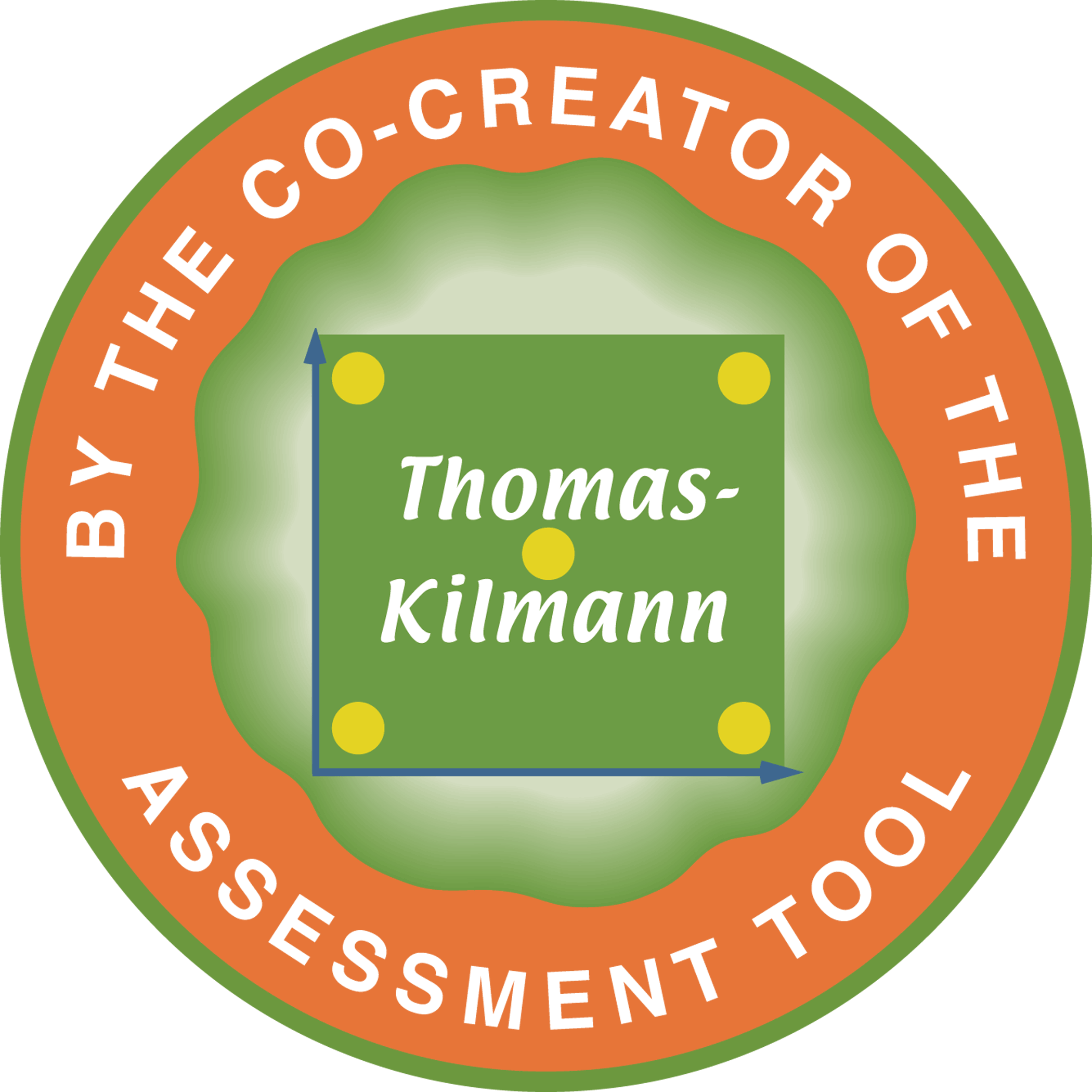15 Mar Using the TKI Conflict Model for Reexamining Email Negotiations
Ralph H. Kilmann, co-author of the Thomas-Kilmann Instrument (TKI)
There appears to be a rapid increase in the use of email exchanges for resolving all kinds of personal and workplace conflicts. Instead of taking the extra time for phone calls, virtual meetings, or those old-fashioned face-to-face discussions, people are texting or emailing their concerns and solutions to one another.

Perhaps this shift from using the spoken to the written word is an evolutionary consequence of our fast-paced world and the rapid growth of the Internet and mobile devices. But it’s important to consider if the five conflict-handling modes (competing, collaborating, compromising, avoiding, and accommodating) can be used as effectively with writing, as can be done with speaking.
In several of my online courses, I discuss the eight key attributes of the situation that determine when each of the five conflict modes is most likely to be effective. These attributes have to do with whether the conflict is simple or complex (unidimensional or multidimensional), the relative importance of the conflict to each person, the amount of time available for the discussion (before a decision must be made), the amount of trust and rapport to openly share needs and concerns, whether people have good communication and listening skills, and so forth.
Several of these key attributes are relevant to the email medium, which may severely limit what is possible to do if people rely exclusively on emails to settle their disputes. Especially when the people embroiled in some confict don’t know one another very well and, in some cases, haven’t even had any live contact, it’s hard to establish trust, which is required for using the collaborating mode. In addition, I have found that most people are more choosy about what they say and how they say it when they’re in a face-to-face meeting (when there’s an opportunity to read social cues, catch facial expressions, hear the sound of the voice that’s speaking, and receive instant feedback if something is misunderstood) than when people use the written word through an electronic machine—without seeing the eyes or feeling the hearts of their email recipients.
Indeed, I have found that when people write emails, they often do not review their phrases to make sure they have the right tone and have effectively expressed their intended meaning, let alone how their words might be (mis)interpreted by others. People often “shoot off” emails or text messages with little reflection and very poor rhetoric. If this is the case, then the quality of the communication in the email venue also does not support the collaborating mode. And if the conflict is multidimensional, which opens the door for the possibility of an integrative solution (with the collaborating mode), it should be apparent that it’s hard to express complexity in a one-way, poorly conceived email. If people are also in a rush to resolve a conflict (and thus do not take the time to call, use Skype, or meet in person—all of which would allow for more rapport, trust, social cues, and empathy), it’s again more difficult to address a complex problem with the collaborating mode, which does take time, sometimes a lot of time.
So when there has been little opportunity to develop rapport and trust, when people are rushed for time, when the conflict is complex, when the topic is very important to all concerned, when people tend to be sloppy, vague, and sketchy in how they write and express their needs and concerns in an email…you can forget about effectively using the collaborating mode and thus you won’t be able to achieve a synthesis via an email exchange that truly satisfies everyone’s most important needs.
As the above suggests, emails are probably best for resolving simple conflicts of relatively low importance to each person, in those cases when the topic does not bring up strong emotions (which would require already established trust and rapport for people to share their true needs and wants in an email), and when there’s not much time available (or it’s not worth the time) to settle the issue in a live meeting. Thus, when the situational attributes point to the benefits of the compromising mode, then use that mode during email exchanges—along with the competing mode (asserting ones’ needs in a mostly factual, non-emotional manner) and the accommodating mode (yielding when the topic is more important to the other person).
But in those cases when people are regularly using email exchanges to address their most important, complex, and emotionally charged conflicts, when they often have a fair amount of time before any decision must be made, and when they’re not particularly adept in writing sentences in a thoughtful and heartfelt manner, I’d have to conclude that these people were, in actuality, using the avoiding mode (regardless of which conflict modes were seemingly being expressed in the body of their emails) so they wouldn’t have to face their real feelings or share their true needs—but could, instead, hide behind their email technology.
Kilmann Diagnostics offers a series of eleven recorded online courses and nine assessment tools on the four timeless topics: conflict management, change management, consciousness, and transformation. By taking these courses and passing the Final Exams, you can earn your Certification in Conflict and Change Management with the Thomas-Kilmann Instrument (TKI). For the most up-to-date and comprehensive discussion of Dr. Kilmann’s theories and methods, see his 2021 Legacy Book: Creating a Quantum Organization: The Whys & Hows of Implementing Eight Tracks for Long-term success.





